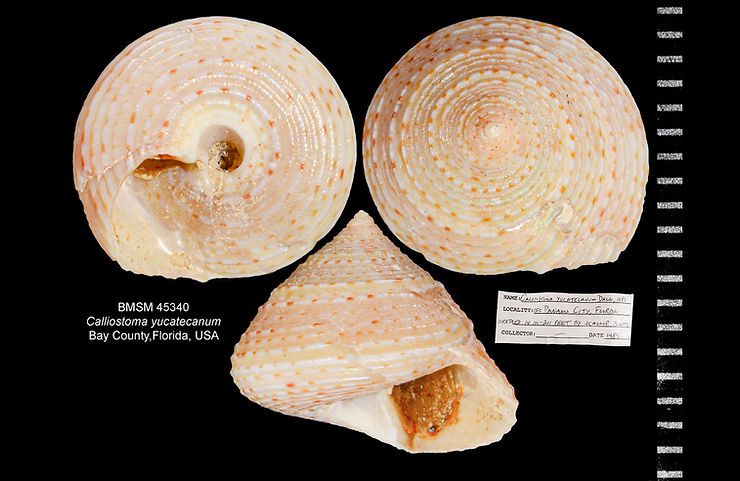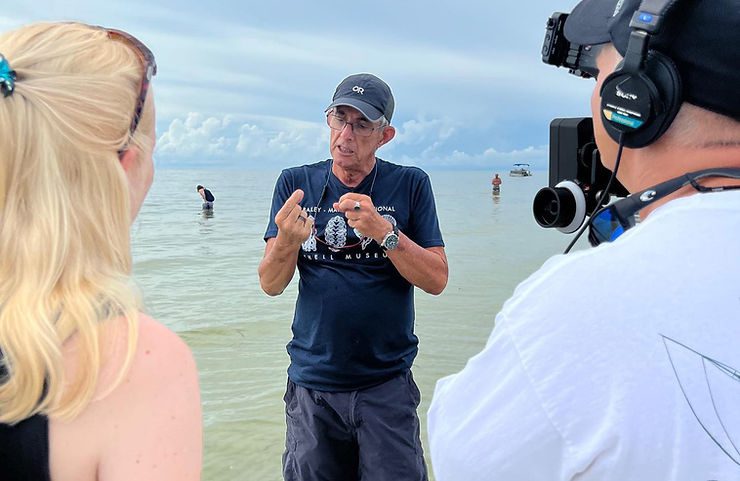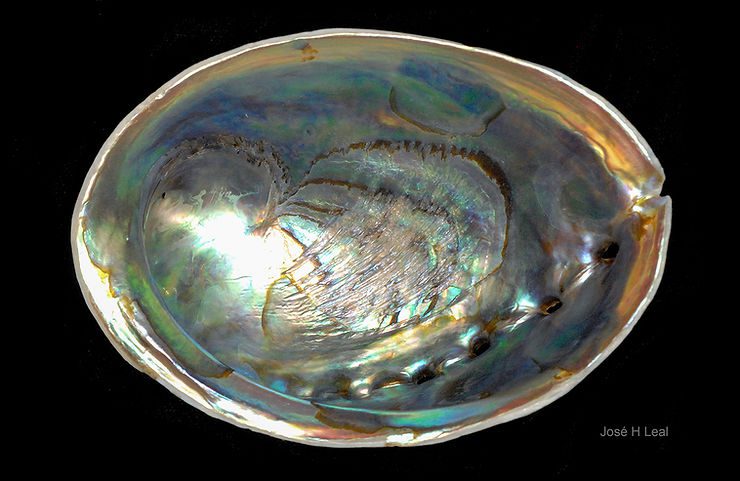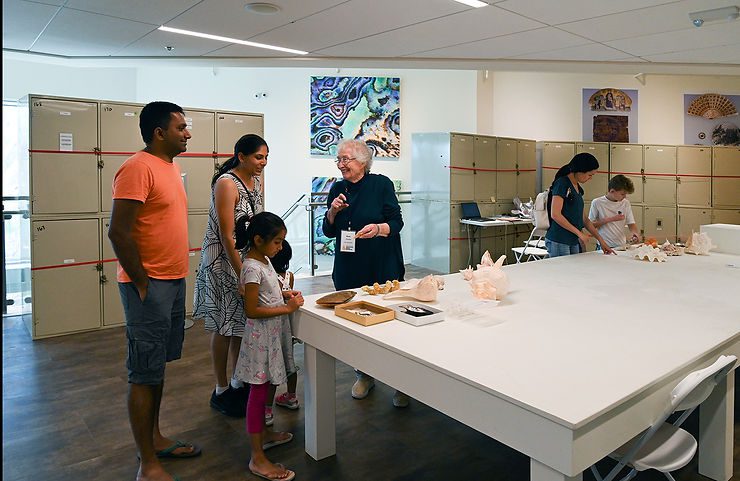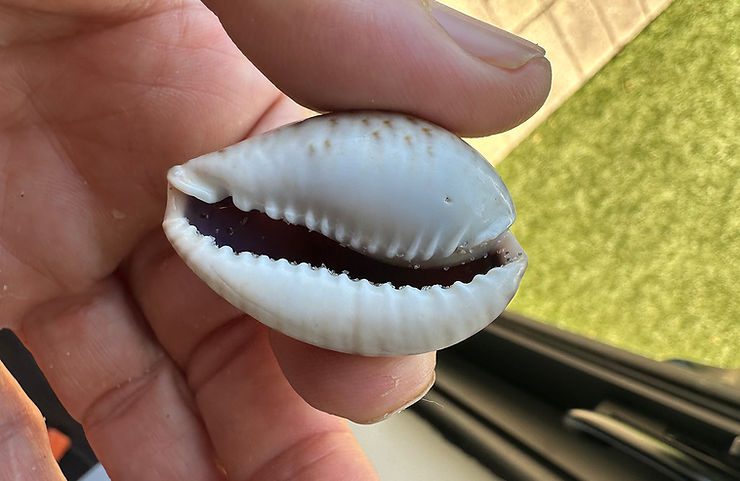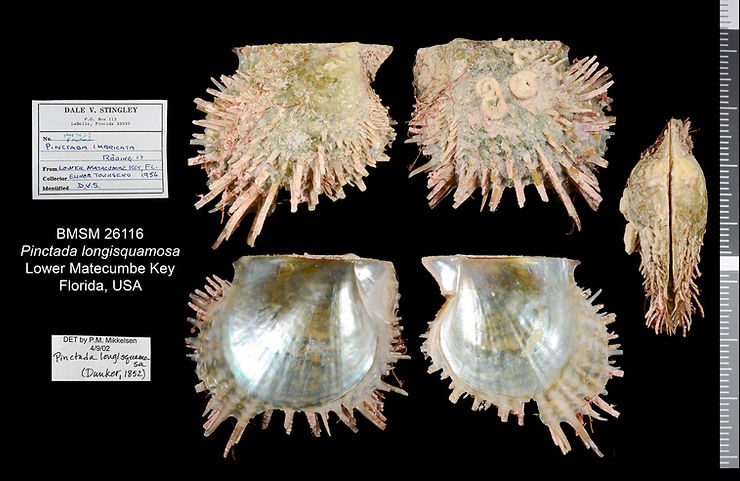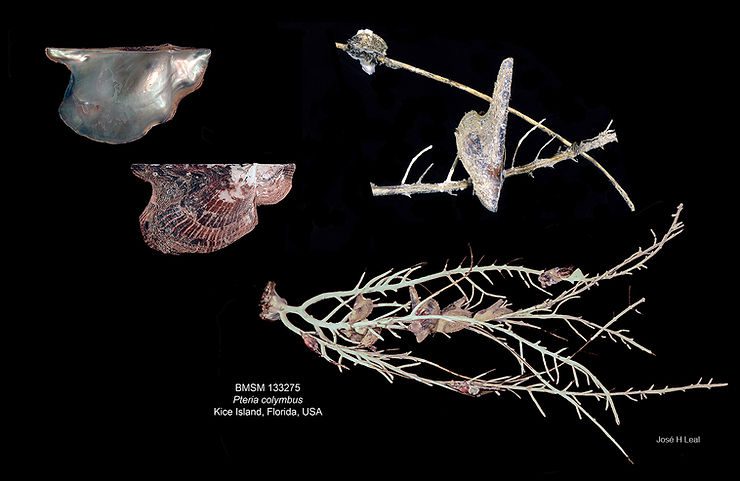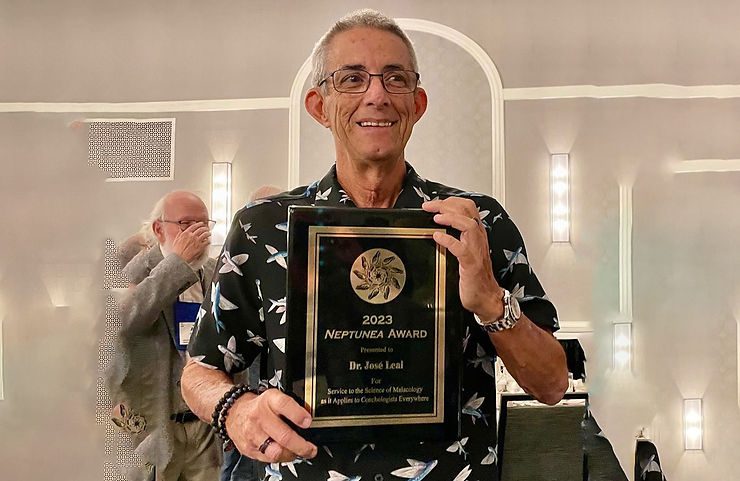
Thrilled With The Neptunea Award!
At the recent 2023 Conchologists of America Convention (COA) in Wilmington, North Carolina, I was honored with the celebrated Neptunea Award, along with my friends Bob and Alice Pace, and colleague (and friend) Dr Emily Vokes (not in the photo). The award was given for my “service to the science of Malacology as it applies to conchologists anywhere.” The honor is particularly meaningful to me, given that, as a professional malacologist, I always strived to narrow the perceived gaps between profe
